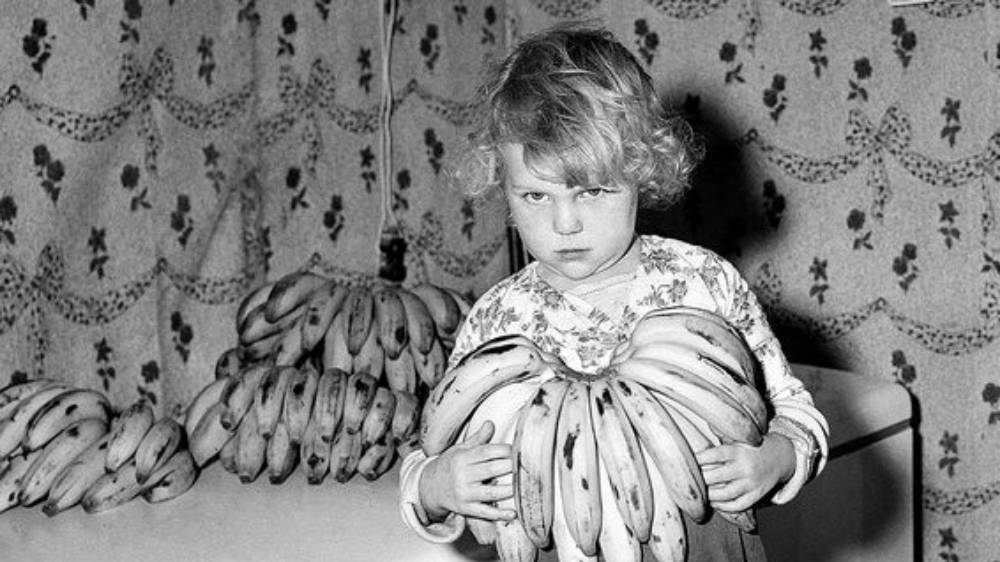If gluten is a no-go for you, you would have come across your fair share of non-believers. Comments like, “There was no such thing in my day” and “Just a little bit won’t hurt” can wear you out, but are they true? Let’s have a look at the first of these — “There was no such thing in my day”.
Coeliac disease was first recorded in the 2nd century
The first recorded observation of adult and childhood coeliac disease was made in the 2nd century by the Greek physician Aretaeus of Cappadocia. Seventeen centuries later, in 1888, coeliac disease was clearly described for the first time by English doctor Samuel Gee. By the 1920s, doctors were beginning to understand that the symptoms of coeliac disease could be controlled by restricting carbohydrates, with the exception of ripe bananas. Lead by American paediatrician Dr Sidney Haas, the ‘banana diet’ became a popular treatment for coeliac disease, with children being prescribed up to eight bananas per day.
Coeliac disease was linked to wheat in the 1940s
In the 1940s, Dutch children’s hospital medical director Willem Dicke became increasingly interested in coeliac disease, and began to link the condition with wheat. His point of view was solidified in 1944 during World War II, when the Netherlands experienced a famine and coeliac patients started to improve. He noted that in 1945 when loaves of bread were dropped by plane to ease the famine, those same patients relapsed.
In 1955, Dr Guy Daynes of Brighton, England explored the idea of ‘pre-coeliac disease’ and described cases of non-coeliac gluten-related illness as ‘common’.
Blood testing was available by the 1990s
Diagnostic blood tests were a game-changer for coeliac disease. These became available in the late 1990s, greatly enhancing diagnostic rates. They also helped researchers to study coeliac disease, improving the knowledge of both medical professionals and the general public. ‘Diagnosed by autopsy’ largely became a thing of the past.
Although it’s thought to be more common and public awareness is high, there’s still no diagnostic test for non-coeliac gluten sensitivity. Formal diagnostic rates for this are low, but self-diagnosis is widespread.
It’s not new, but it’s more common
It’s easy to see that gluten-related illness has been around for centuries, but has it been visible? No. When I was diagnosed with coeliac disease in 2002, ‘gluten’ and ‘coeliac’ were not terms most people had heard before. The blood testing was new, diagnosis rates were poor, there was no recognition of non-coeliac gluten sensitivity, and a gluten-free diet (being largely unheard of) wasn’t considered for the management of any condition/symptom other than coeliac disease. The statement “There was no such thing in my day” isn’t true, but “We never heard of such a thing in my day” certainly is. One thing’s for sure, with autoimmune diseases on the rise worldwide and better diagnostic tools on the horizon, there’ll be ‘such a thing’ for many more days to come.
If you’d like help with your coeliac disease or gluten intolerance then get in touch or book a consultation.
You can also join my email list and receive my latest articles, updates & advice delivered straight to your inbox. (I send one email per month, tops).



